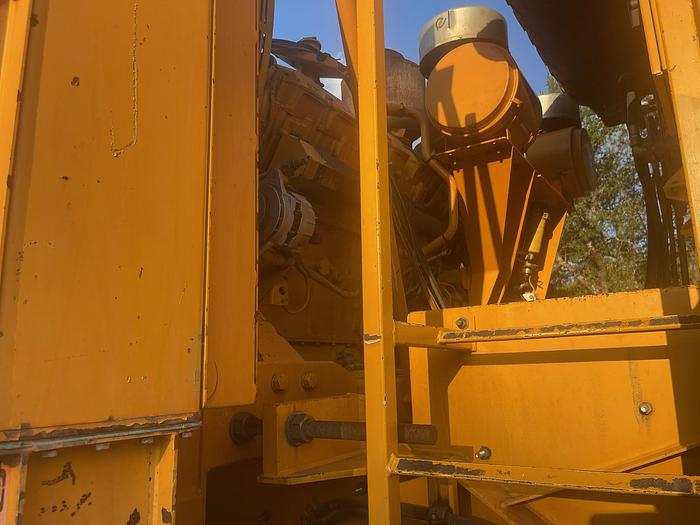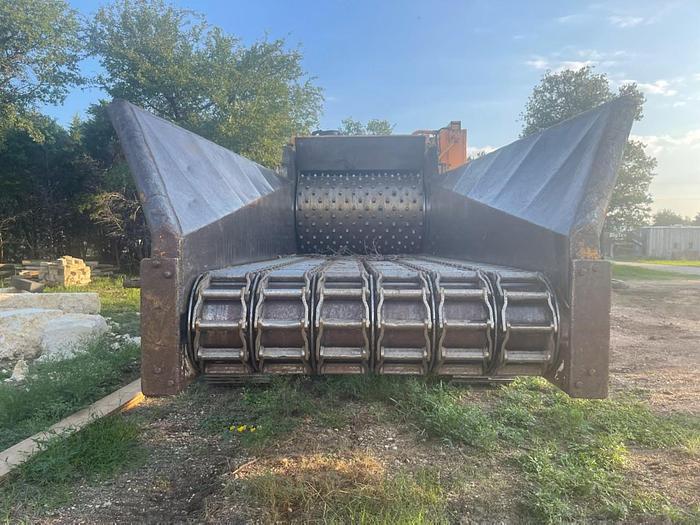Safety precautions to follow while operating a horizontal grinder
When operating a horizontal grinder, it is crucial to always prioritize safety precautions. This powerful machine can be extremely dangerous if not used properly, so it is important to follow the necessary guidelines to prevent accidents and injuries.
First and foremost, always wear the appropriate personal protective equipment (PPE) before operating a horizontal grinder. This includes safety glasses, ear protection, gloves, steel-toed boots, and any other gear recommended by the manufacturer. PPE will help protect you from flying debris, loud noises, and other potential hazards.
Before starting the machine, make sure to inspect it for any signs of damage or wear. Check that all guards are in place and functioning properly. It is also important to ensure that the grinding wheel or blade is sharp and in good condition. Dull or damaged blades can cause kickback or other problems during operation.
When using a horizontal grinder, be aware of your surroundings at all times. Keep bystanders at a safe distance and never operate the machine near flammable materials or in wet conditions. Always follow proper lockout/tagout procedures when performing maintenance or repairs on the grinder.
During operation, maintain a firm grip on the controls and keep both hands on the machine at all times. Never reach into moving parts or attempt to clear jams while the grinder is running. If you need to make adjustments or clean out debris, shut off the machine completely and wait for it to come to a complete stop before proceeding.
Lastly, always follow proper shutdown procedures when finished using the horizontal grinder. Turn off the machine and disconnect power sources before leaving it unattended. Proper maintenance and care of your equipment will help prolong its lifespan and ensure safe operation for years to come.
In conclusion, safety should always be your top priority when operating a horizontal grinder. By following these precautions and guidelines, you can minimize risks and work confidently with this powerful tool. Stay vigilant, stay safe!

